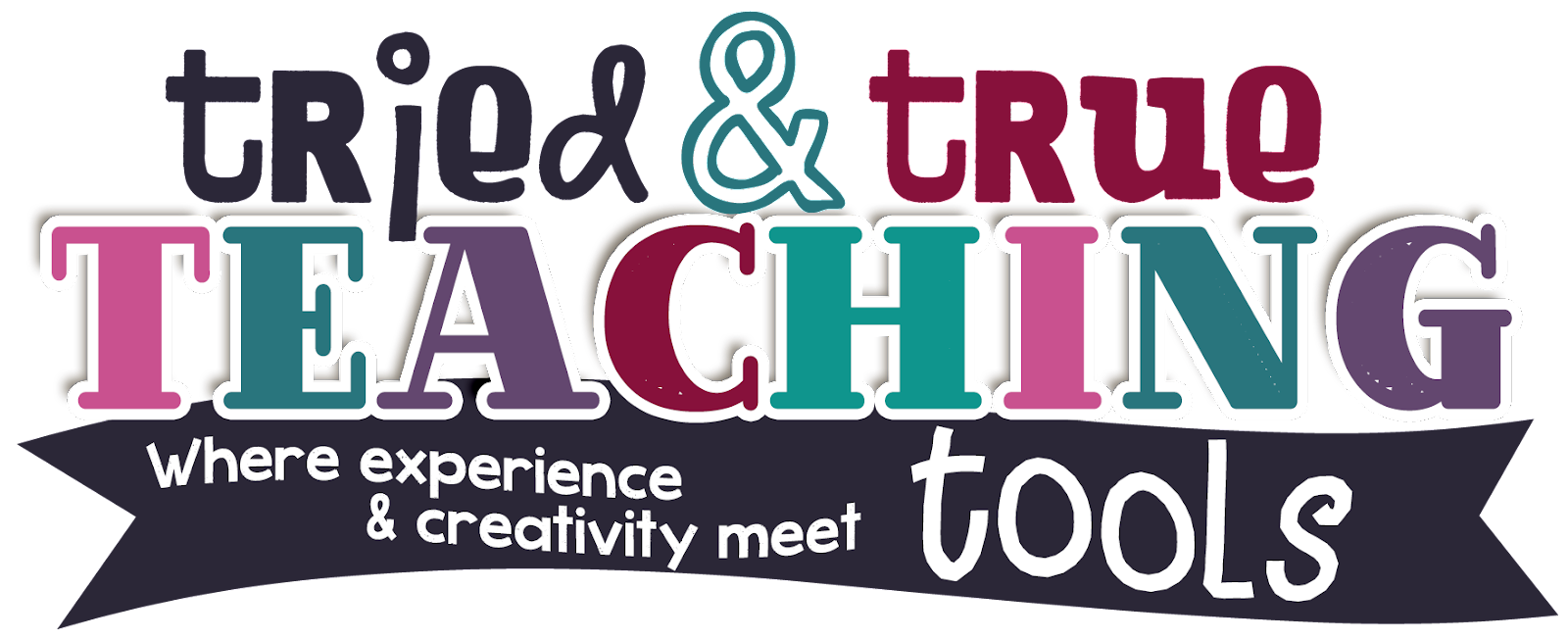Kristin: This arts integration lesson is called "Collaborative Construction" and integrates visual art with the NextGen Science standards (Engineering) and ELA Writing standards. It also connects clearly to the California Career and Tech Ed (CTE) standard pathways of Engineering and Architecture. Although this lesson was written for middle school, it can easily be adapted for high school and for upper elementary students.
Students follow the design process in teams to create architectural structures (bridges) that can be analyzed for their aesthetics (form) and tested for strength (function). Students build skills and knowledge in multiple content areas while demonstrating their new understandings through creative construction and clear process documentation.
Begin by having students brainstorm/mind-map everything they know about bridges – designs,
functions, locations, materials, etc. They may sketch or write ideas, then have then share in table
groups or with partners. Share images of bridges (in works of art and in photographs), and have students compare what they wrote/sketches with the images.Students explore various types of bridge design, including styles, purposes, locations, and materials. Next, they participate in the design process for building collaborative bridges. Here is a "cheat sheet" on bridges to use for teacher background. (or click on the picture below)
Begin by having students brainstorm/mind-map everything they know about bridges – designs,
functions, locations, materials, etc. They may sketch or write ideas, then have then share in table
groups or with partners. Share images of bridges (in works of art and in photographs), and have students compare what they wrote/sketches with the images.Students explore various types of bridge design, including styles, purposes, locations, and materials. Next, they participate in the design process for building collaborative bridges. Here is a "cheat sheet" on bridges to use for teacher background. (or click on the picture below)
Students create sketches of bridges based on their own concepts and the designs researched. Students will use the information they found through research to propose several designs for a new bridge. They will need to determine the following parameters: use/purpose, location, length, materials, and design elements (proportion, balance, unity). Students will make 3 sketches of bridge variations.
Students collaborate with peers to construct one bridge prototype together. They may select one student’s design or they may combine attributes from the various sketches to make one new bridge.
Groups test forces on the prototype/model, then make revisions to the model as necessary based on test results.
Students create a group process book documenting their work. THIS step is the KEY to Arts Integration!
Click here to download the lesson (complete with standards!).
Have you tried any Arts Integration lessons? I'd love to hear about them!!
Have you tried any Arts Integration lessons? I'd love to hear about them!!













No comments
Post a Comment